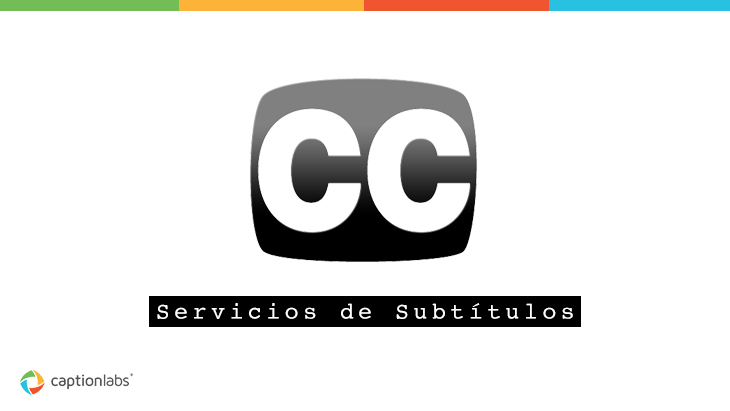A University of Utah study just confirmed that many Americans benefit from using closed captioning to understand the heavy British accents on a television series like “Downton Abbey.” When you add a little background noise into the mix, closed captioning becomes even more important, especially if you have moderate hearing loss.
With the baby boomer population reaching retirement age over the next several years, closed captioning across all content will become increasingly important in order to keep media accessible to multiple populations.
The “standard” benefit of closed captioning is to make media accessible to the deaf and hearing-impaired. But closed captioning is widely used to translate film and other programming across continents, making foreign language films accessible from country to country. It’s a clear benefit for filmmakers who want their best content to reach the widest audience.
These trends suggests what we’ve known for years – closed captioning adds value, whether an audience is hearing impaired or not.
Even within the borders of a country like the United States, where there is a melting pot of languages, closed captioning is becoming increasingly important. Just ask Univision, the leading Spanish television station in the United States. They’re planning to expand with the American demographic that suggests 30% of the population, or 133 million people, will be primarily Spanish-speaking by 2050. If you want your content to reach the Hispanic and Latino community in the U.S., Univision is the channel to consider.
Of course the FCC requires captioning all Spanish language television content.
But what about digital content? AdWeek tells us that the Spanish speaking population in the U.S. watches 62% more video than non-Spanish speaking residents. This fact only reinforces closed captioning as a translation tool for web-based content.
Interestingly, captioning has also been proven to increase your search engine optimization, especially when you consider there is less competition in search indexes for non-English queries. The bottom line is that optimizing your video for Spanish will have an even greater impact on SEO.
Providing translation of multiple languages is increasingly important in the U.S., where the population of primarily Spanish speaking residents is the fastest growing market segment. If you’re creating content for a business, you’re probably striving to reach the broadest audience. Closed captioning helps you expand your market.
Still think closed captioning isn’t a necessity for your video content? Consider the fact that there are more than 180 languages spoken in New York City alone. In January 2016, New York City Schools announced an expansion of translation services as a way to bridge the communication gap between non-English speaking parents and teachers.
The facts speak the truth about the importance of closed captioning: Its application goes far beyond access for the hearing impaired. If you want your video seen by the widest audience, adding multi-language translation as a closed captioning option is an absolute must-have.
CaptionLabs offers multi-language translation of video content to our clients. Find out how closed captioning can ensure the widest reach for your message. Contact us today!

Ben Kalb
Ben is a broadcast engineer and creator of StationDrop. With a longevity in the broadcast industry, over 20 years, Ben has experience with everything from 1” tape reels to completely file-based workflows. Recently, Ben has broken into the world of coffee. Ask him about his latest brew.


